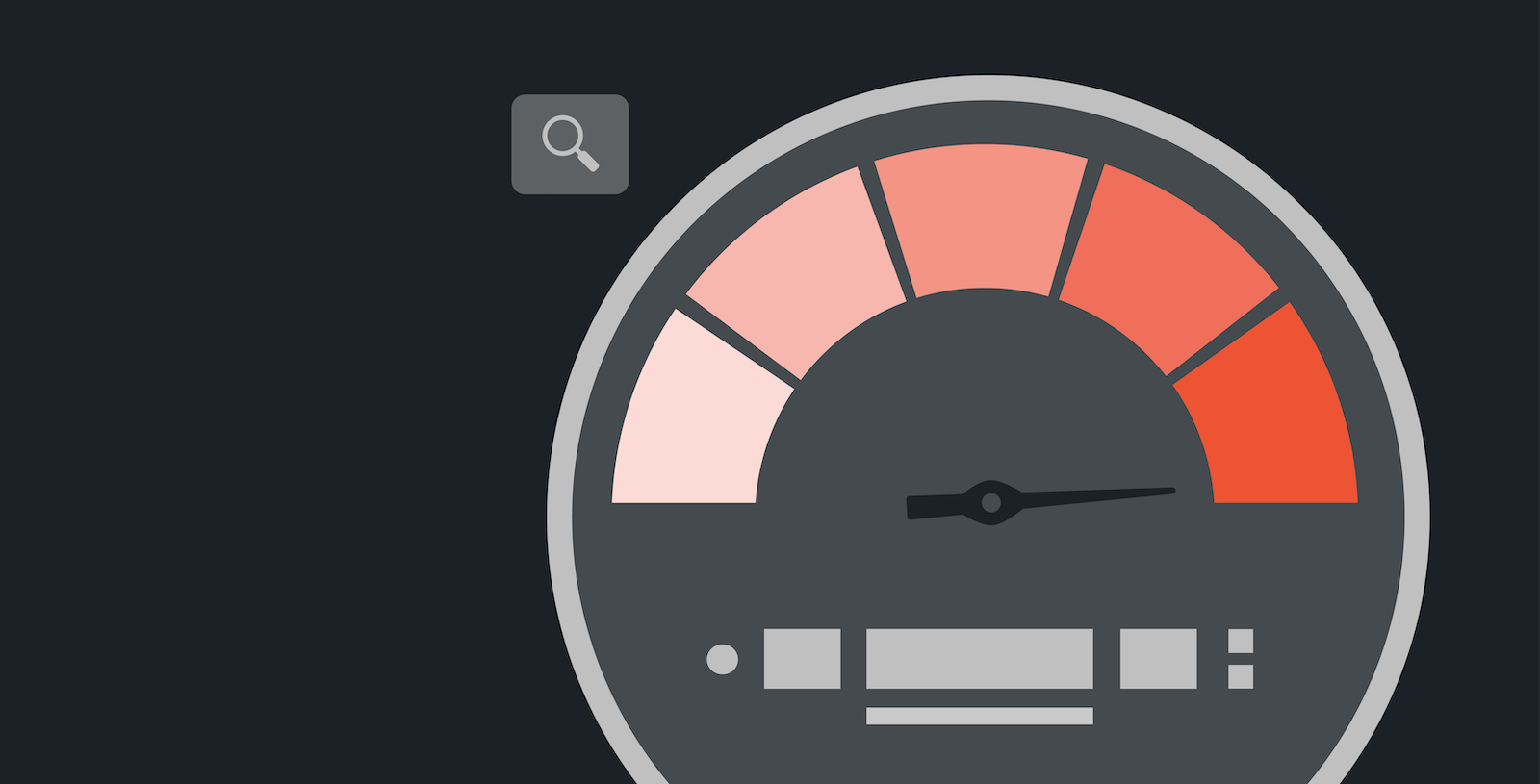In recent years, the automation of online advertising has become a fundamental part of the industry. Google is on a journey to help advertisers leverage automation to deliver better performance. Performance Max Campaign is a great example of this. This new campaign type combines Google’s automation technologies across bidding, budget optimization, audiences, creatives, attribution, and more.
In this article, we’ll tell you more about Google’s Performance Max campaigns, including our experience with them over the past few months.
What is Google’s Performance Max Campaign?
Performing Max campaigns are similar to Smart Campaigns in that Google completely automates the targeting and delivery of the campaign based on information provided by the advertiser. By managing one single campaign, advertisers can serve their ads on every Google property: YouTube, Gmail, Discover, Search & Display.
Performance Max Campaigns:
1. Complement your keyword-based Search campaigns and help find more converting customers across all of Google’s channels
2. Leverage machine learning to predict which ads, audiences, and creative combinations perform best
3. Engage customers across all Google’s channels, with one single campaign
4. Optimize budget across channels in order to optimize for the highest value opportunities
What Can You Control With Performance Max Campaigns?
Automation and machine learning are at the core of Performance Max campaigns. That said, some elements of the campaign can still be set manually. Here’s a run down of what advertisers can dictate:
Advertisers will have the ability to set budgets and choose a bidding strategy (Max Conversions, Max Value, Target CPA and Target ROAS).
Locations, languages, ad schedule and campaign run dates can also be set manually.
Final URL can be manually set or advertisers can let Google select the most relevant URLs.
Standards extensions, such as, structured snippets, price extensions, promotion extensions, callouts, and more, are still available.
Feeds can also be added to a Performance Max Campaign.
Finally, although Google will automatically show your ads to people that are most likely to convert, advertisers have the opportunity to add audience signals and expedite optimization. Keep in mind that these audiences are indicators only and might not be used.
Note that each campaign only has one set of targeting, ad groups are nonexistent with Performance Max.
What does Performance Max Ads Look Like?
With Performance Max campaigns, advertisers have the possibility to create “asset groups”, which is very similar to a responsive display asset. Depending on the channel, Google automatically creates the best performing ads from images, logos, videos, and copy.
Performance Max Specs
- Up to 15 images
- Landscape image (1200 x 628)
- Square image (1200 x 1200)
- Portrait image (960 x 1200) – Optional
- Up to 5 logos
- Square logo (1200 x 1200)
- Landscape logo (1200 x 300) – Optional
- Up to 5 videos
- > 10 seconds in length
- If you don’t upload your own videos, Google can automatically create videos using assets you provide.
- Up to 5 headlines
- Max 30 characters
- Up to 5 long headlines
- Max 90 characters
- Up to 5 descriptions
- Max 90 characters
- Select one of the many call to action proposed by Google
- Business Name
- Display Path
- Max 15 characters each
How Effective Are Performance Max Campaigns?
Bloom was lucky enough to be one of the first ad agencies to test out Performance Max Campaigns.
We experienced Performance Max campaigns on a three-month period for a handful of clients and here are two examples of what we saw:
Performance Max Case Study: Client #1
The cost per acquisition was -74% less than our non-branded search campaigns. Our Performance Max campaign also worked significantly better than our display and discovery campaign.
Overall, the Performance Max campaign brought in 39% of our conversions for this 3-month period.
Performance Max Case Study: Client #2
In this case, our cost per acquisition on our Performance Max campaign was -16% less than our non-branded campaigns. Our cost per click was 8% lower than on non-branded campaigns and our click-through rate was 55% higher. Finally, our Performance Max campaigns brought in 10% of our conversions for that time period.
In order to achieve the best results, we gave Google as much information as possible. We added as many creative assets and copy as we could in order to achieve excellent ad strength. We also added call out extensions, site links and structured snippets to make our ads as appealing as possible.
Our paid media expert also made sure to add relevant audiences (custom intent, affinity, behavioural, etc.) to help Google serve ads to high-valuable audiences from the get-go.
Finally, instead of using our standard target CPA for this account, we increased it a little bit to give the algorithm more flexibility.
In the end, we were pleased with the results of our Performance Max campaigns and we would recommend testing this new campaign type.
Final Words
We hope this article gave you a bit more insights into Performance Max campaigns. We strongly believe this campaign type will become a Google Ads staple in the upcoming months. If you have additional questions about Performance Max campaigns, contact us here.
Read it first:
Get new articles delivered to your inbox
ABOUT THE AUTHOR
Alexandrine Pigeon
Alexandrine is the Paid Media Director at Bloom.




Share this: